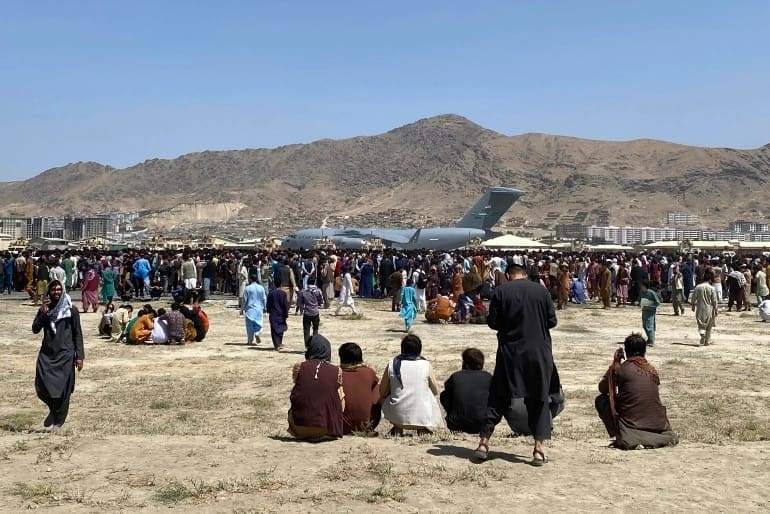
Nearly 20 years after the United States’ invasion of Afghanistan, the cost of its global “war on terror” stands at $8 trillion and 900,000 deaths, according to a new report from the Costs of War project at Brown University.
The Costs of War project, founded more than a decade ago at the Watson Institute for International and Public Affairs and co-directed by two Brown scholars, released its influential annual report ahead of the 20th anniversary of the 9/11.
The actual number may be even higher.
The half of 900,000 deaths count the loss of civilians’ lives.
“The deaths we tallied are likely a vast undercount of the true toll these wars have taken on human life,” said Neta Crawford, a co-founder of the project and a professor of political science at Boston University. “It’s critical we properly account for the vast and varied consequences of the many U.S. wars and counterterror operations since 9/11, as we pause and reflect on all of the lives lost.”
In addition, hundreds of thousands more, mostly civilians, have died due to hunger, disease and injury caused by the devastating war.
“The death toll, standing at an estimated 897,000 to 929,000, includes U.S. military members, allied fighters, opposition fighters, civilians, journalists and humanitarian aid workers who were killed as a direct result of war, whether by bombs, bullets or fire. It does not, the researchers noted, include the many indirect deaths the war on terror has caused by way of disease, displacement and loss of access to food or clean drinking water,” reads a press statement by research team.
The research team’s $8 trillion estimate accounts for all direct costs of the country’s post-9/11 wars, including Department of Defense Overseas Contingency Operations funding; State Department war expenditures and counterterror war-related costs, including war-related increases to the Pentagon’s base budget; care for veterans to date and in the future; Department of Homeland Security spending; and interest payments on borrowing for these wars.
Of the $8 trillion, $2.3 trillion is attributed to the Afghanistan/Pakistan war zone, according to the report.
“What have we truly accomplished in 20 years of post-9/11 wars and at what price?” said Stephanie Savell, co-director of the Costs of War Project and a senior research associate at the Watson Institute. “Twenty years from now, we’ll still be reckoning with the high societal costs of the Afghanistan and Iraq wars — long after U.S. forces are gone.”
The US controls now about 750 bases in at least 80 countries worldwide and spends more on its military than the next 10 countries combined, according to an Al Jazeera report.
According to the Watson Institute at Brown University, between 1.9 and three million US service members have served in Afghanistan and Iraq since 2001, with over half of them deployed more than once.



